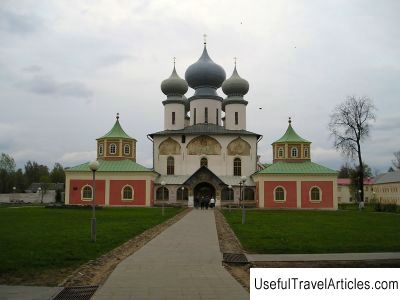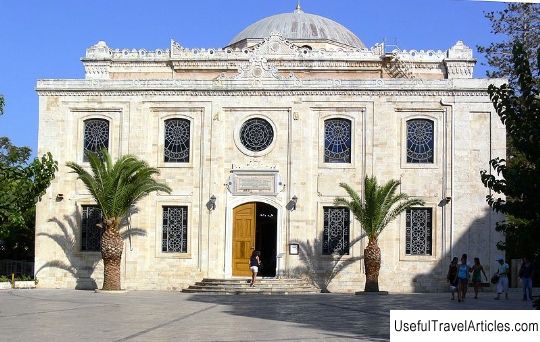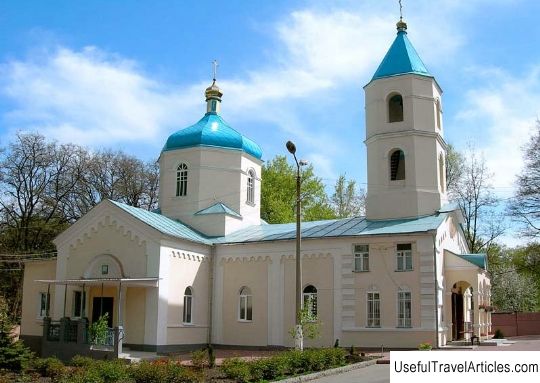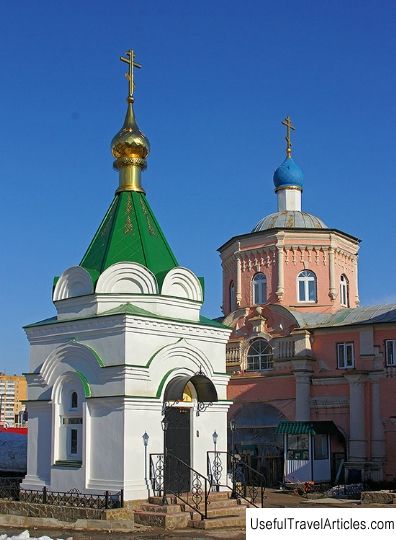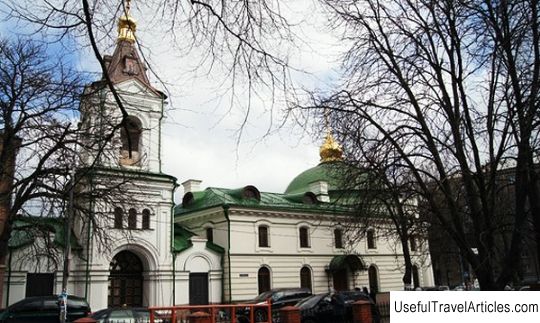Vvedensky monastery description and photo - Russia - Leningrad region: Tikhvin
Rating: 8,4/10 (5943 votes) 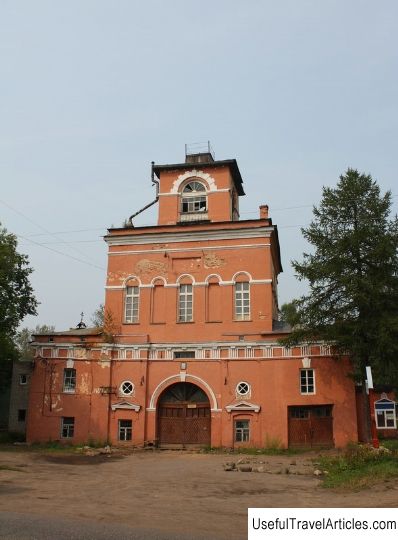
Vvedensky monastery description and photos - Russia - Leningrad region: Tikhvin. Detailed information about the attraction. Description, photos and a map showing the nearest significant objects. Photo and descriptionThe foundation of the Tikhvin Vvedensky Monastery took place on the right bank of the Tikhvinka River, which became a significant event due to the coincidence with the foundation of the Holy Dormition Monastery according to the order of Tsar Ivan the Terrible in 1560. The famous Vvedensky monastery was surrounded by walls made of wood, the construction of which was carried out under the direction of F.D. Syrkov, a famous and talented ancient Russian architect. According to an old legend, the appearance of the icon of the Tikhvin Mother of God on the banks of the Tikhvinka River, flowing through the territory of the Novgorod province, occurred in this place in 1383. Therefore, it was decided to erect the Vvedensky Monastery on the holy site, which had a connection with the Bolshoi Dormition Monastery. At one time, both monasteries held religious processions together, what happened on the days of temple holidays, even on Thursdays of Bright Week. Religious processions were necessarily accompanied by the presence of the Tikhvin Icon of the Mother of God. The main abbot of the Assumption Monastery was the Dean of the Tikhvin Monastery. It is known that the holy sacristy of the Vvedensky Monastery in the 17th century was preserved in the Assumption Monastery. The history of the monastery developed in such a way that in 1590 a nun named Daria settled in it, who was the fourth wife of Ivan the Terrible. Her real name is Kolotovskaya Anna Alekseevna. As an infant, she was orphaned early and spent her childhood and adolescence at the court of Prince Kurbsky, from where she was later transferred for marriage. As soon as the prince became out of favor with the tsar, Anna Alekseevna also became unnecessary for the tsar, and he sent her to the monastery. Here Daria completely resigned herself to her fate and worked for the benefit of the monastery, taking an active part in the process of its restoration after the invasion of the Swedes. Throughout 1613, a military camp was located in the monastery under the leadership of S.V. Prozorovsky, and after his capture by the Swedes, the enemy made a shelter here. In the fall from September 14 to September 17, 1613, the Swedes began to abruptly surrender their positions and went on to retreat, while burning the monastery to the ground. Abbess Daria was at that time at the head of all the nuns who hid in the forest from the Swedes, waiting in dugouts. Some time later, the Stolbovskaya agreement was signed and the Vvedensky monastery was revived again. After her death, Daria was buried in the area of the monastery. Some information tells about that the stone cathedral at the monastery was erected at the beginning of the 17th century, immediately after the Time of Troubles. During 1645, the chapels of Kirill Belozersky and Nicholas the Wonderworker appeared under him. Also at the cathedral there was a one-pillar stone refectory and a two-domed two-apse warm church, consecrated in honor of the Nativity of the Most Holy Theotokos and equipped with the chapel of John of Novgorod. It is known that in 1676, as well as in 1685 and 1704, the temple was rebuilt after the fires. According to modern data, the Vvedensky Monastery was very rich at that time. At the beginning of the 19th century, under the nun Augustus, the Vvedensky Monastery was completely renovated, while a common refectory was built and the territorial zone of the monastery was significantly expanded, because the adjacent marshland was drained. A fence with several angular turrets, abbot and cell buildings were also built. The bell tower, equipped with the Holy Gates, was especially beautiful. The bell tower was built in four tiers, on the uppermost tier of which there were four huge bells and five small ones. In the inner part of the bell tower, a church was built, which was consecrated in the name of the Great Martyr Catherine. The architect of this project was I.I. Charlemagne. During 1882, the Vvedensky Cathedral was restored, which gave it an extraordinary luxurious decoration, made in the original Russian style of the 17th century. In the period from 1924 to 1926, the monastery was closed, and a colony for children was placed in its building. In 1998, a worship cross was built next to the destroyed monastery, and in 2006, prayers began to be held in the restored Catherine Church. A new monastic community is now being formed.        We also recommend reading Museum of Modern Art (Sintra Museu de Arte Moderna) description and photos - Portugal: Sintra Topic: Vvedensky monastery description and photo - Russia - Leningrad region: Tikhvin. |
